Growing Garlic at Home
Growing garlic at home is actually pretty simple. With a few simple tips, you can have a garlic harvest each year. Learn the basics of how to grow garlic in your home kitchen garden.
Garlic is a bulbous vegetable in the allium family. It has numerous health benefits, including boosting immunity, enhancing health, and acts as an anti-inflammatory.
Besides the health benefits, garlic has a great taste and is usually used to flavor food. That said, it is prudent to grow your own garlic. The good news is that garlic is easy to grow and occupies a relatively small space. You can therefore grow them in your kitchen garden.
To give you a clear picture, it grows in cloves forming a new bulb containing 5 to 10 cloves. If you are planning to grow garlic, you have come to the right place. Here is a simple guide to help you get started.
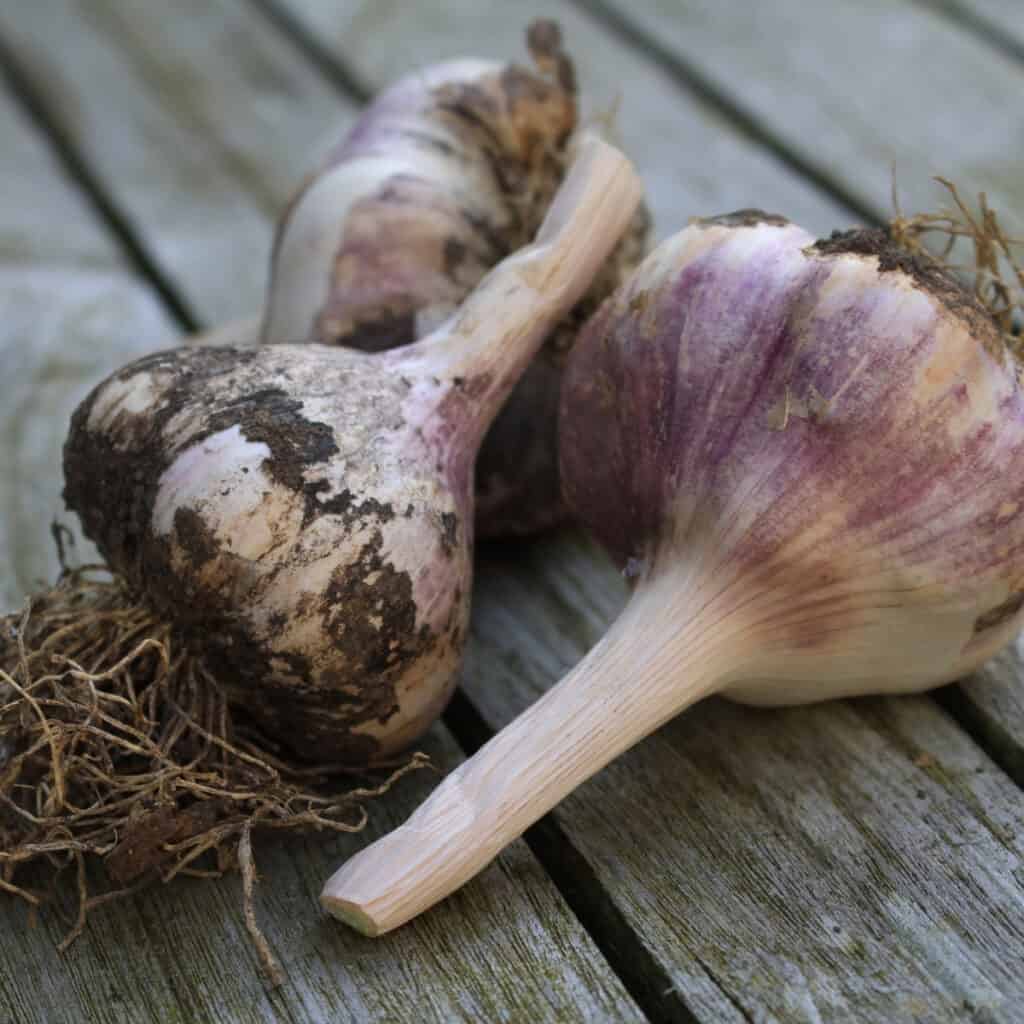
Growing Garlic Successfully at Home
Growing garlic is pretty simple and straightforward.
- Start by separating the cloves. The next step
- Prepare rows one foot apart and ensure the cloves are about 4 to 6 inches apart
- Ensure the pointed end is facing up while the blunt part is at the bottom
- Remember to bury the clove about 1 to 2 inches under the soil
- You can water the plant if the bed is dry
It is imperative that you feed your plant for proper growth, especially when the leaves begin to shoot. This means that you should add fertilizer near each plant. High nitrogen fertilizer that decomposes gradually, such as Osmocote and blood meal, is the best choice for garlic farming.
Ensure you add fertilizer during early spring and before bulbs begin to swell. Also, mulching helps in promoting the optimal growth of your garlic. If your mulch decomposes, add a new layer to keep weed at bay and preserve moisture.
The plants start forming the bulb in June and stop producing leaves. To allow proper growth, it is advisable to leave the soil around the bulb dry. It is therefore advisable to stop watering the plant and remove any mulch.
During spring, you might notice small bulbils growing from flower stalk. Cut them off to ensure all the food goes to the bulb and hence increases its size.
What Type Of Growing Conditions Are Needed
While garlic can adapt to different growing conditions, it is hardy in USDA zones 4-9. Below are the best conditions for growing garlic.
Best Soil
The ideal solid type for growing garlic is moist, well-drained, and nutrient-dense soil. Clay soil is not suitable because waterlogged in the soil can cause rotting. The plant grows well in soil with neutral to acidic pH (6-7 pH).
You can add mulch on top of the solid to prevent weed growth and preserve moisture. To ensure the solid is well-drained, it is important to plough manually or use a tractor.
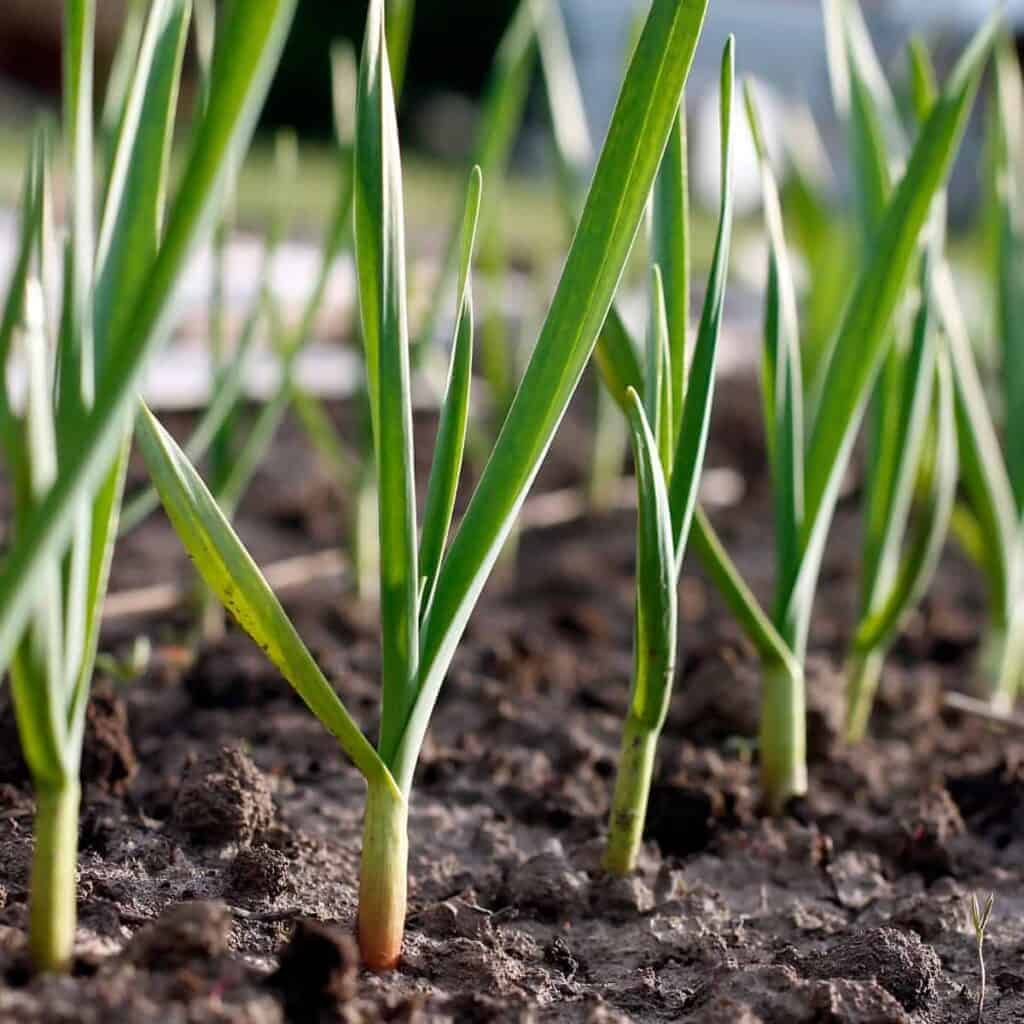
Temperatures
Garlic grows better in the cold winter months. It is advisable to plant garlic seed in the fall a month before frost. The good news is that this handy plant does not require special humidity conditions. In fact, the hardy plant is harvested before the peak of summer humidity and heat.
While the ideal climate for garlic growth is warm, the plant requires cool temperatures for vegetative growth. Sunny weather gives the plant a good flavor. During the early stages, rainfall areas with good irrigation are preferred.
However, temperatures that are too cold affect the growth of the garlic. Similarly, too much humidity and rain affect the growth of garlic and bulb formation.
Sun Exposure
Perhaps a surprising attribute of garlic is that it loves light. While it primarily grows underground, garlic grows well when it receives at least six hours of sunlight a day.
Water
As mentioned, garlic thrives in moist soil but does not require tons of water. An inch of water weekly will do. However, you should increase the amount in warm seasons.
During harvesting, ensure that the ground is dry for about two to three weeks. If you harvest while the soil is wet, you risk exposing your harvest to mold.
Companion Planting (Good and Worst Companions Plants)
Companion plants balance the and ecosystems enhance plants growth. Essentially, the plants help combat diseases and pests.
Garlic grows well in the company of peppers, spinach, strawberries and fruit tree, roses, cabbages, and chamomile. However, some plants beans, and peas stunt the growth of garlic.
Learn more about the benefits of companion planting.
When To Plant
Typically, garlic should be planted in late autumn to get big garlic bulbs. During fall and winter, the plant’s roots develop and start producing foliage in early spring. Then the plant will be ready for harvest in summer.
Planting in autumn ensures the plants develop root properly before the ground freezes. The whole idea is to allow enough time for roots to develop but not long enough for the growth of shoots before winter.
The period between September and November is usually the best for cooler climates. For south regions, you should plant in early fall. The plants do not grow well in hot weather. For long seasons the fall is the ideal period.
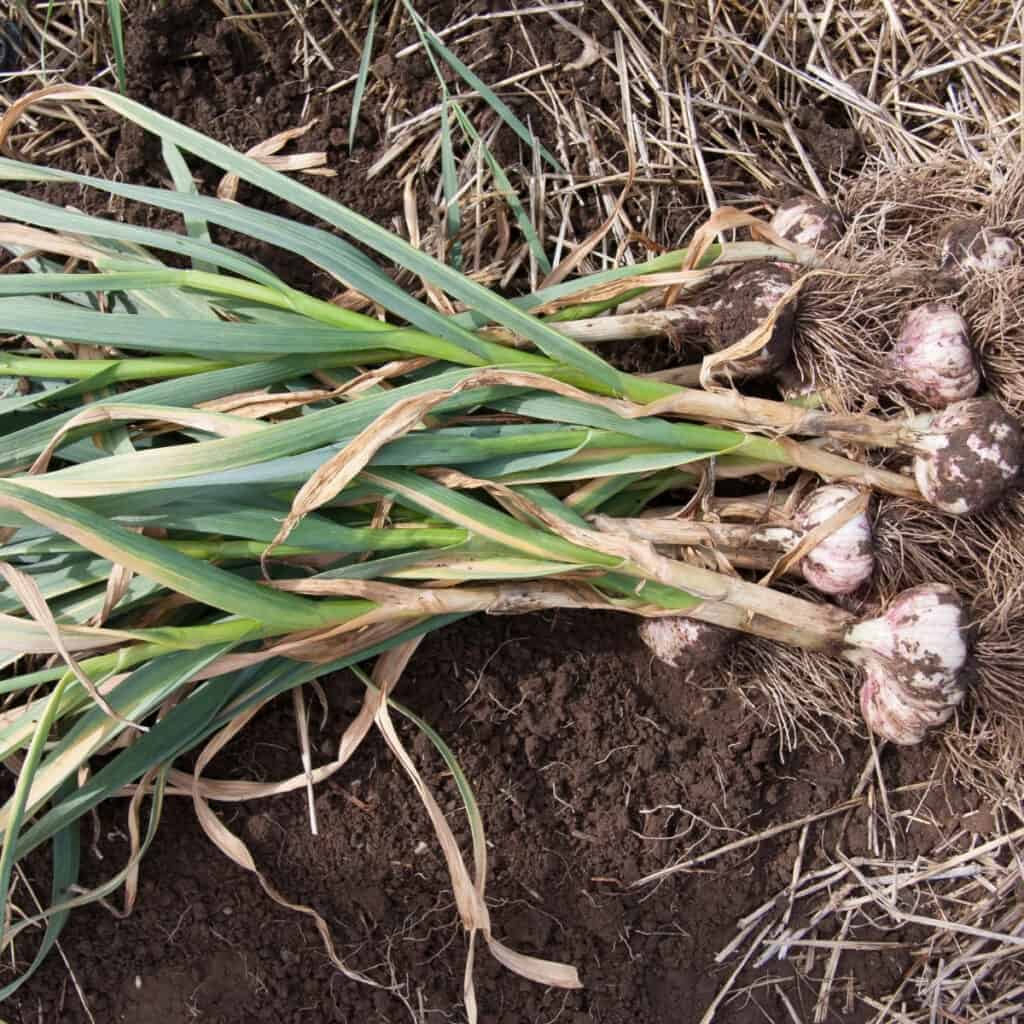
Harvesting
One of the challenges rookie garlic framers experience is determining when to harvest their garlic. Well, you can easily know your garlic is ready for harvest once the leaves start turning brown around mid-July to August, depending on the climate.
Simply dig the bulbs out and avoid bruising them. To hasten the drying and browning of the garlic, simply bend over the tops. Then dry them in the sun for several hours after pulling the plants up.
After harvesting, dry out the garlic by lying them outside in a place with good air circulation for about 2 to 3 weeks. If rain is forecasted in your areas, remember to take the garlic inside. If the garlic becomes wet or breaks apart, it will last for a very short time.
Once the roots are dry and brittle, rub them off. Check your garlic storage often, especially during winter, and immediately use garlic that shows signs of sprouting.
Disease and Pest
Garlic is susceptible to rust, bulb rot, downy mildew, and purple blotch. To control the spread of diseases, you should enhance field hygiene, use suitable insecticides, and remove crop debris.
How Long Does Garlic Take To Grow
Garlic is usually planted in the fall. In fact, garlic planted in fall has bigger bulbs and cloves than spring-planted garlic.
While garlic planted in fall is harvested in midsummer, garlic planted in spring is harvested in late summer or early autumn. The plant takes about 40 days to form a bulb with temperatures below 40º F and about nine months from the seed garlic to final harvest.
Can I Grow Garlic In Pots?
If you are wondering whether you can grow garlic in pots, the answer is yes. Growing garlic in pots and containers especially if you have a small garden. In fact, the plant is exposed to pests and diseases when grown in the garden.
Pots allow you to control the growing environment of your soil. In other words, you can enhance drainage and take the plants out for sunlight and inside to prevent rain.
An ideal container should be about 10 inches deep. This gives the roots enough space to grow optimally.
Final Thoughts on Growing Garlic
Garlic is widely used to flavor food. However, it provides numerous health benefits such as combating colds, reducing blood pressure, and reducing the risk of heart disease.
The good news is that you can plant garlic in your kitchen garden because it does not occupy much space. If you want to learn how to grow garlic, this guide will help you get started.

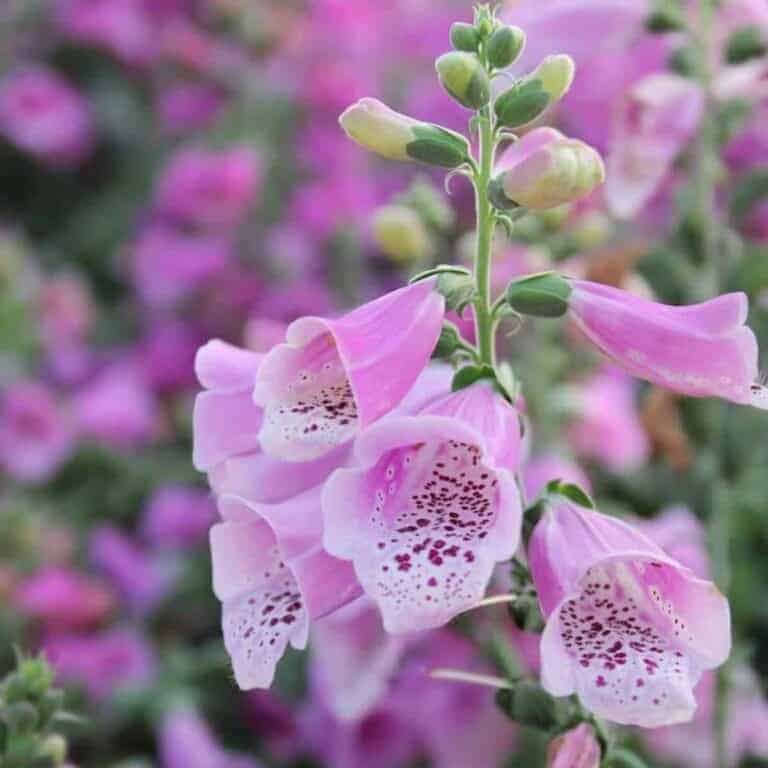
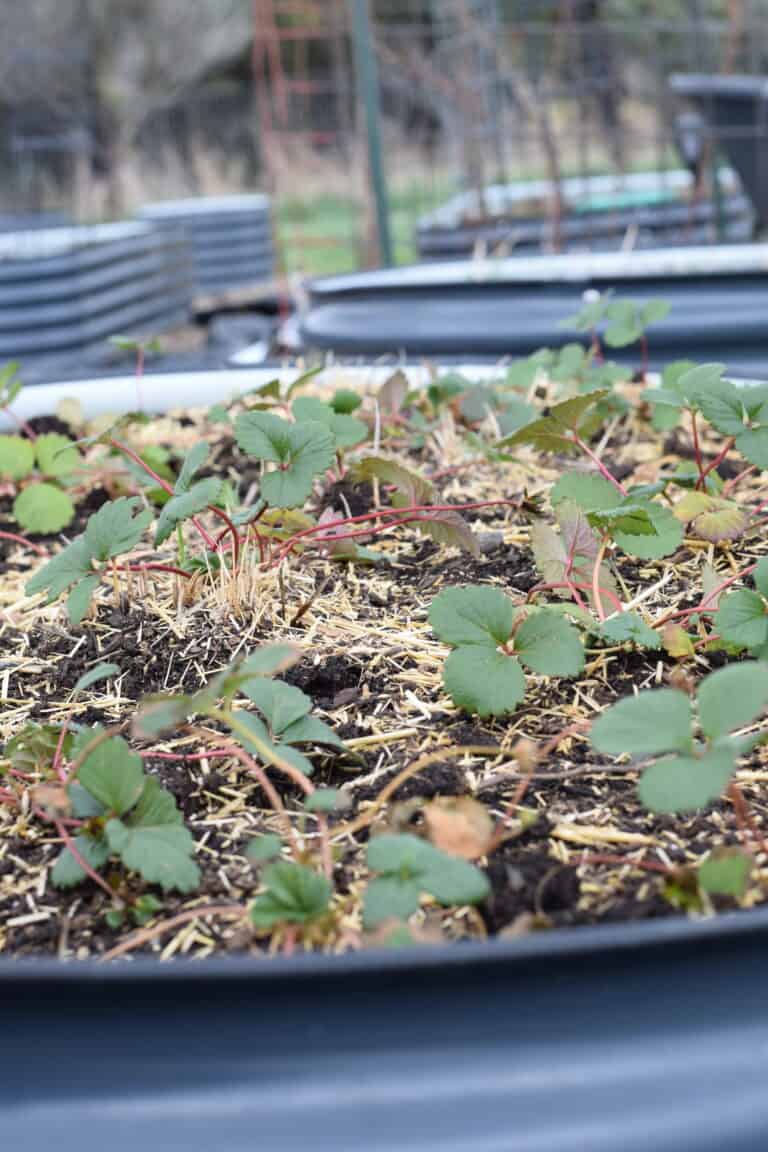
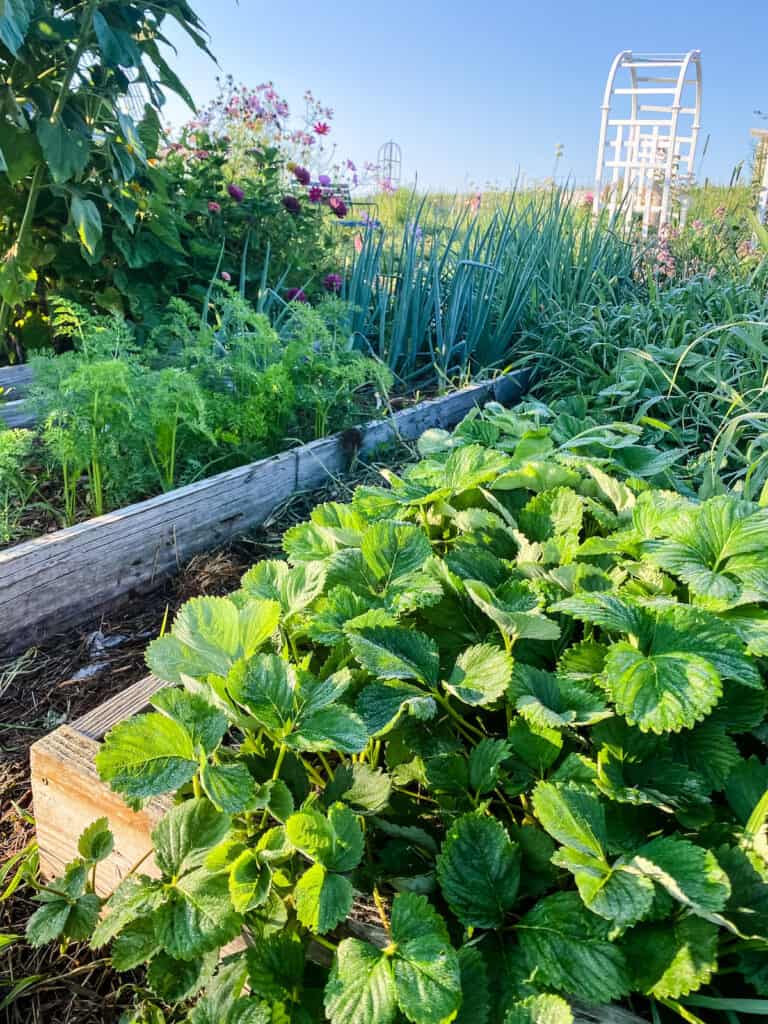
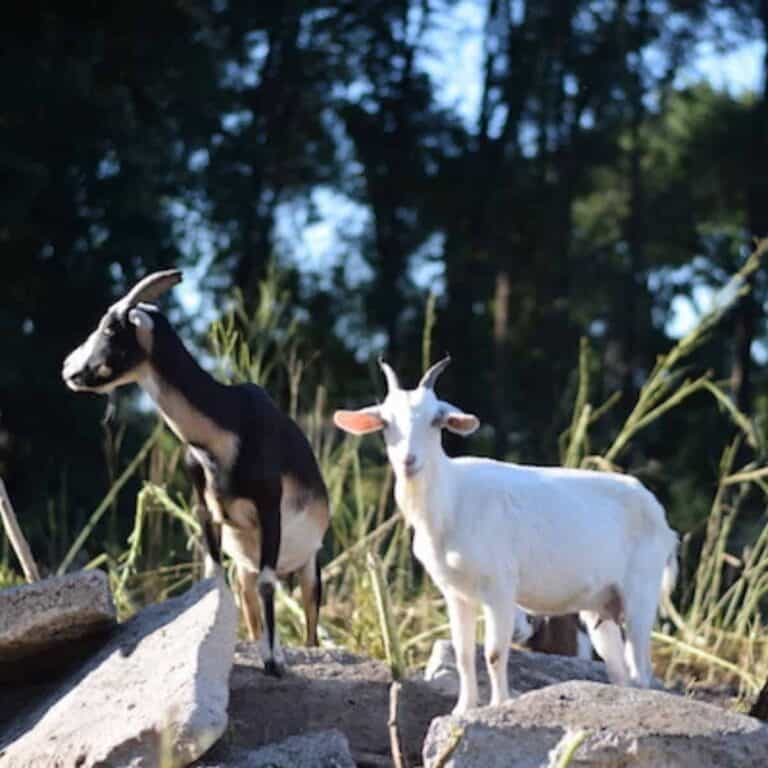
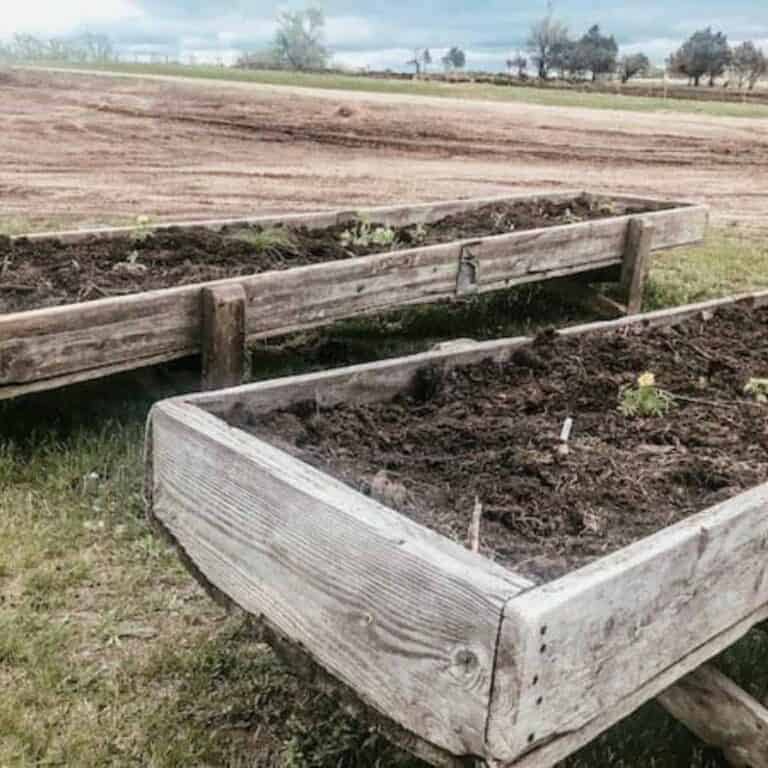
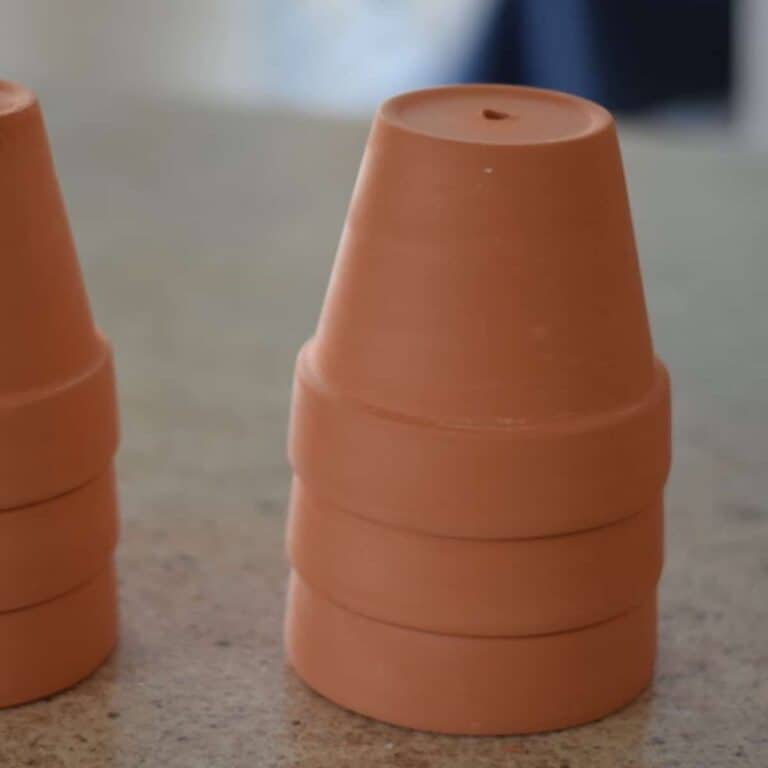
Love this. Wish you had a printable version.